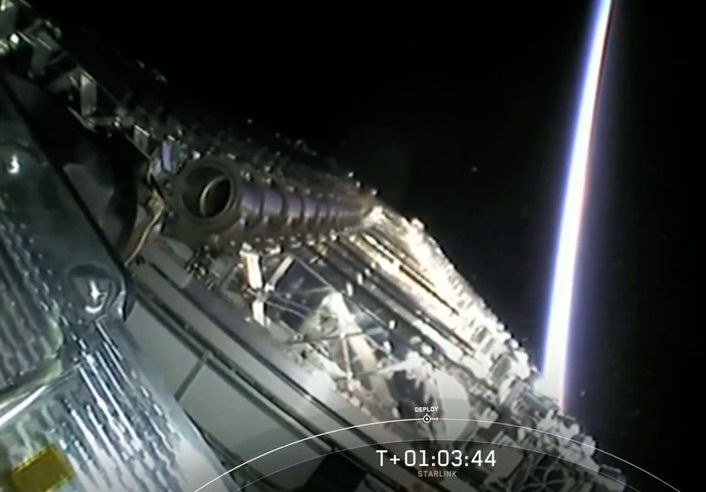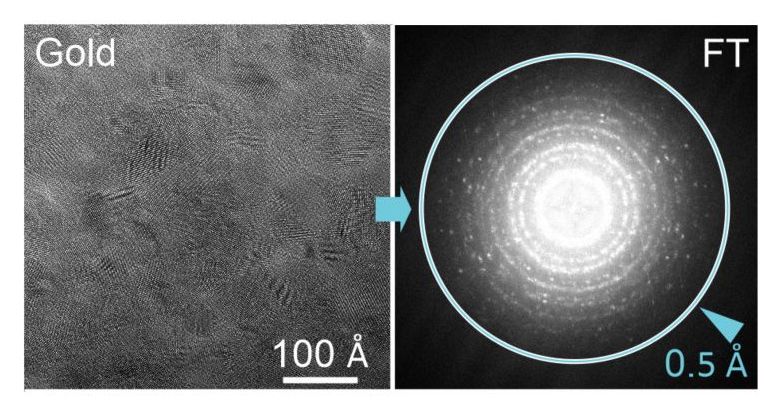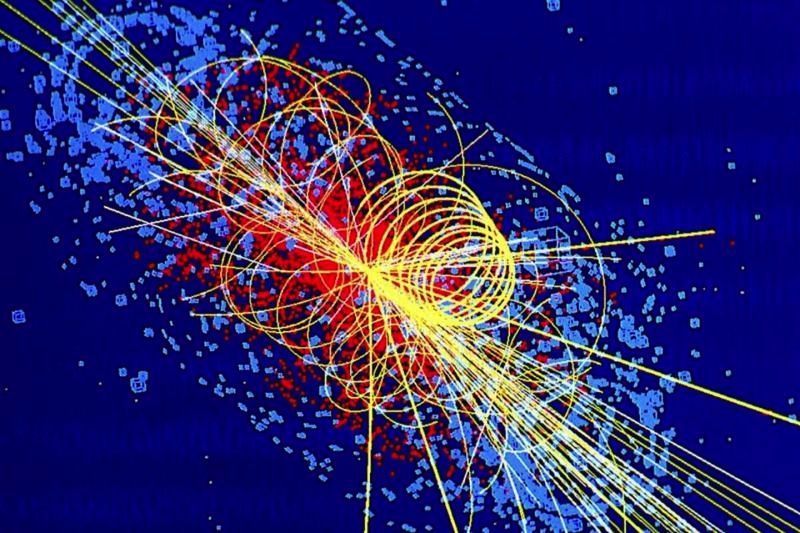WASHINGTON — SpaceX launched another set of Starlink satellites Oct. 24, marking the 100th time the company has placed payloads into orbit.
The Falcon 9 rocket lifted off from Space Launch Complex 40 at Cape Canaveral Air Force Station at 11:31 a.m. Eastern. The rocket’s upper stage deployed the payload of 60 Starlink satellites into orbit 63 minutes after liftoff. The first stage, making its third flight, landed on a droneship in the Atlantic Ocean.
This was the 100th successful launch in the company’s history. That total includes 95 Falcon 9, three Falcon Heavy and two Falcon 1 launches. The company also suffered three Falcon 1 launch failures and one Falcon 9 launch failure; another Falcon 9 was destroyed in 2016 during preparations for a static-fire test.









